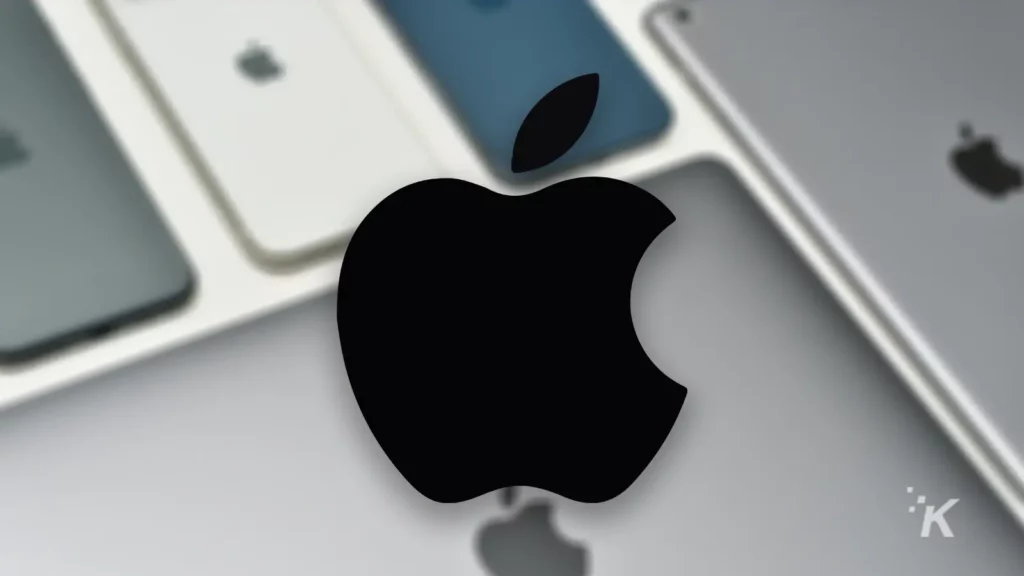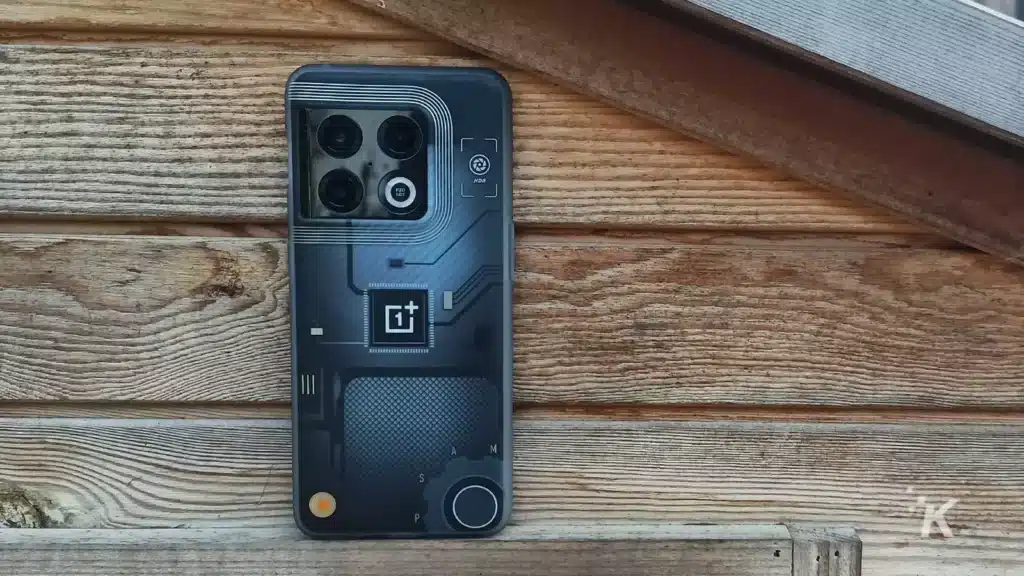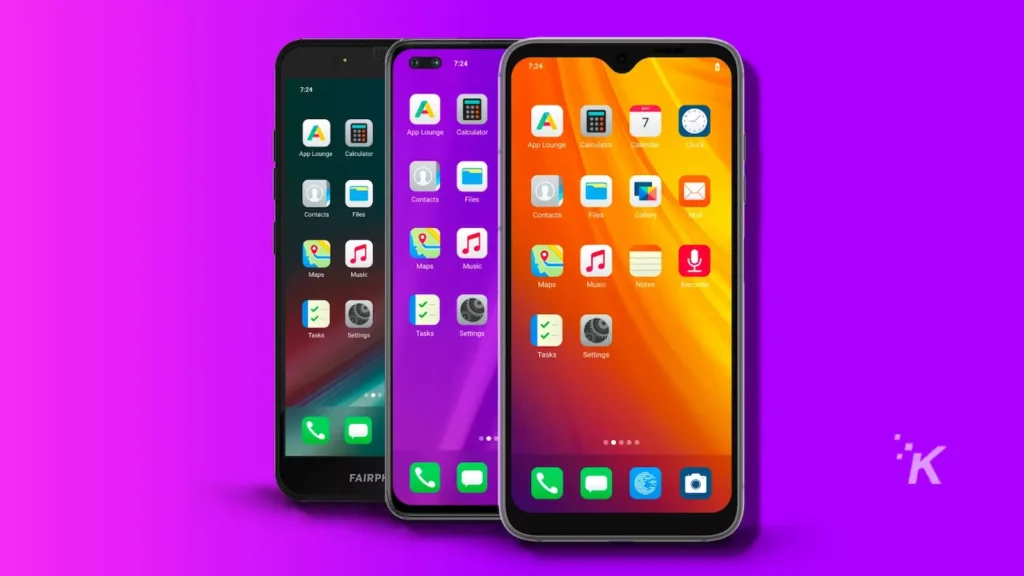News
The smartphone market suffered a massive drop in shipments
When times are tough, people cut back on luxuries.

Just a heads up, if you buy something through our links, we may get a small share of the sale. It’s one of the ways we keep the lights on here. Click here for more.
When times are tough, people cut back on luxuries. They defer big purchases. Dream homes. New cars. And yes, smartphone upgrades.
New data from analyst firm IDC supports this. The company recorded a 9.7 percent drop in shipments year-over-year in Q3 2022. In total, the industry shipped 301.9m phones, a figure last seen in 2014.
Luxuries are a good barometer for the health of an economy.
Given the spiking inflation in most developed countries, the war in Ukraine, and the prospect of a lengthy global recession, it’s unsurprising many are holding on to their smartphones for longer.
But an interesting story emerges when you take a closer look at the figures.
Not all brands are equal

Most smartphone vendors suffered a contraction of shipments during Q3 2022. But not Apple. In fact, its market share grew by 1.6 percent.
Apple’s own figures lend credibility to IDC’s analysis. Yesterday Apple reported a record Q4 2022 (don’t get confused – some companies start their financial years at different times).
Revenue hit an all-time high, with Apple selling nearly $4bn more in iPhones compared to the same period last year.
That’s a little surprising. After all, Apple is a luxury brand. It seems counterintuitive for it to thrive during a period of economic turmoil.
IDC’s figures for other budget-oriented brands are ever weirder

Vivo and OPPO, frankly, suffered a bloodbath during Q3 2022. Their market shares dipped by 22.1 percent and 22.3 percent, respectively.
These are the brands you’d expect to flourish right now. So, what gives?
IDC points out that while most regions (except Central and Eastern Europe) saw a decline in smartphone shipments, the actual extent varied wildly between places.
Regional differences

Developed markets – like North America, Western Europe, and Japan – are expected to see single-digit drops.
IDC expects smartphone shipment sales to decline the most in emerging markets, like Latin America, Africa, and APAC (Asia/Pacific), falling by double digits in some places.
And these are the regions that are getting hammered right now, economically speaking.
China is locked in a perpetual lockdown, as Xi Jinping pursues his doomed “Zero Covid” strategy. Compounding matters, its construction industry (which accounts for a quarter of GDP) teeters on the brink of collapse.
Turkey – another major regional market – faces inflation rates above 83 percent, forcing consumers to spend on just the bare essentials.
Africa faces the long-term repercussions of the pandemic, and the economic consequences of the Ukraine war.
In short, things are bad in the West but worse elsewhere.
The road to recovery
In IDC’s eyes, that’s bad for the smartphone industry. Emerging markets are also growing markets. They’re vital for the long-term health of the smartphone ecosystem.
“Developed markets that often sell more premium devices are faring better than emerging markets where smartphones sell for a fraction of the cost. We believe this is largely supported by the expansion of installment plans offered through telcos, retail channels, and even direct from vendor,” said Ryan Reith, group vice president with IDC’s Worldwide Mobile and Consumer Device Trackers.
However, as we look toward next year and beyond, if the global market is going to grow, it will need a strong recovery in emerging markets to make that happen,” Reith continues.
Have any thoughts on this? Carry the discussion over to our Twitter or Facebook.
Editors’ Recommendations:
- Review: The Nubia Red Magic 7s Pro gaming smartphone
- iPhone 15: News, rumors, leaks, pricing, and release date
- Google’s Pixel 7 Pro is a bad gaming phone
- Review: OnePlus 10 Pro – a great smartphone for under $1,000































